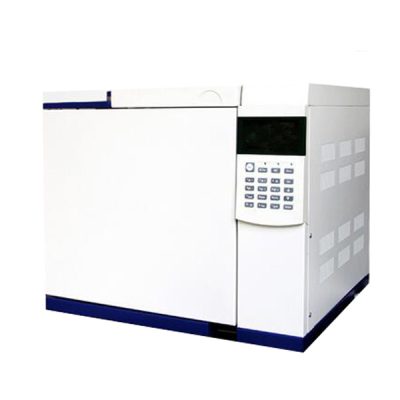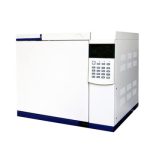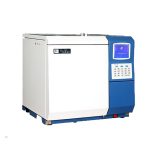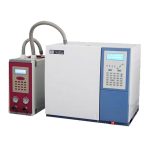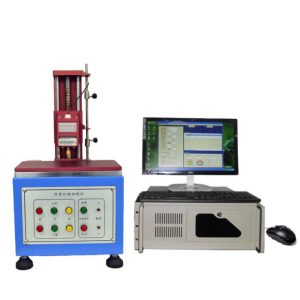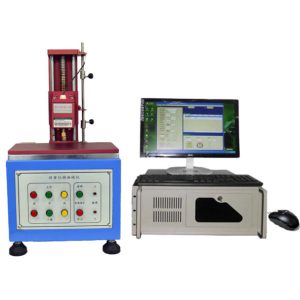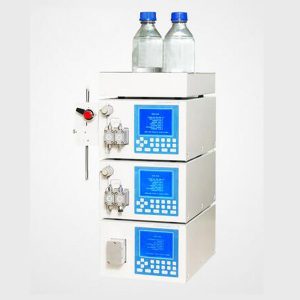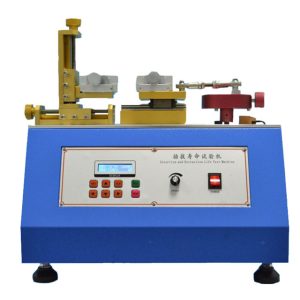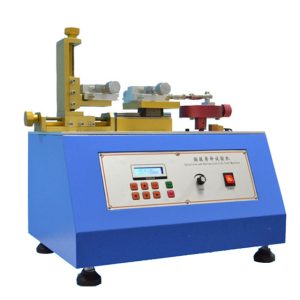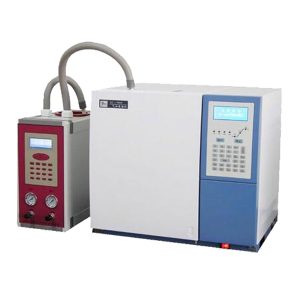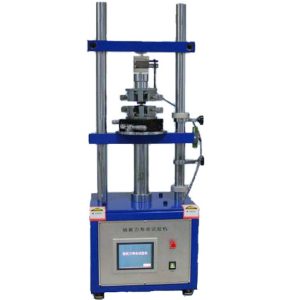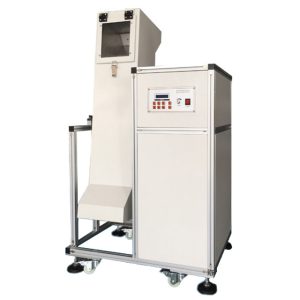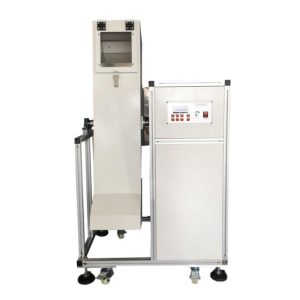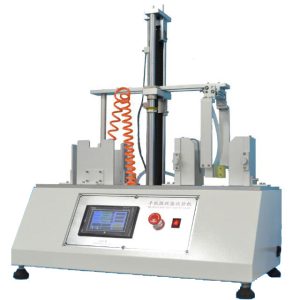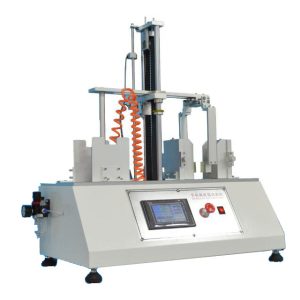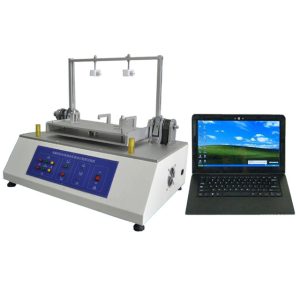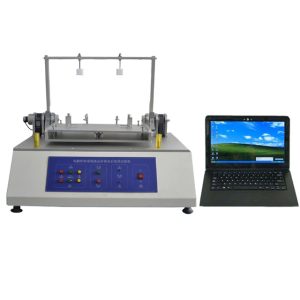LR-9860 Plus Networked Gas Chromatograph Tester
- Description
- Inquiry
Description
Characteristics of network return control gas chromatograph:
- Using the advanced 10/100m adaptive Ethernet communication interface and built-in IP protocol stack, the instrument can easily realize long-distance data transmission through Intranet and Internet of enterprises;It facilitates the erection of laboratory and simplifies the laboratory configuration and data management.
- Low instrument internal design process of three separate connection, can connect to the local processing, unit director and supervisor, you can easily make unit director and supervisor real-time monitoring instrument is running and analysis data;
- Low instrument equipped with built-in integration design return control chromatography workstation, get rid of the traditional data acquisition card processing, support up to 253 sets of chromatographic work at the same time, data processing and the chromatograph, reached the domestic leading level;
- The Modbus/TCP server built in the built-in integrated return control workstation can easily connect the analysis results to the DCS (distributed control system), and all parameters of the real-time return control chromatograph;
- The instrument adopts vacuum fluorescence display technology, high – end atmosphere and convenient interface operation.Have two operating languages in English and Chinese to meet different user needs;
- The instrument adopts the modular structure design, the design is clear, the replacement upgrade is convenient, protects the effectiveness of the investment;It can satisfy complex sample analysis, and it can be selected with many high performance detectors, such as FID, TCD, ECD, FPD and NPD.
- Can realize completely abandoned the traditional mechanical valve, pointer type pressure gauge mode!EPC technology is used to control gas path and improve the automation level of gas chromatography.
- The real gas road failure automatic protection, pressure flow detection automatic ignition, automatic fire extinguishing automatic key, automatic gas path opening, reached a key start;
- When the instrument is designed, it can easily complete the online analysis of the gas and liquid sample (with the sample parts).
- The system is designed for automatic sampler interface, convenient for automatic sampler and future upgrade.
Main Specification
Operation display: vacuum fluorescent display (using agilent technology)
Temperature control area: 6
Low operating temperature: room temperature 4 ℃ ~ 450 ℃, the incremental: 1 ℃, precision: plus or minus 0.1 ℃
Program heating order number: 8-16 (optional)
Low Cheng Sheng rate: 0.1 ~ 50 ℃ / min (ordinary);0.1 ~ 80 ℃ / min (high speed)
External events: 8 roads;Auxiliary control output 4
Type of sample: filling column, capillary injection sample, six-way valve gas injection, automatic head space sampling
Number of detectors: 3 (maximum);(FID, TCD, ECD, FPD, NPD)
(1) it can be controlled by high-precision valve, and the pressure, real-time digital display of the flow and the PC synchronization display are realized.(2) an EPC control system with full back control;
Work mode of EPC and EFC: 2 types;Constant current mode, constant pressure mode
Work gas of EPC and EFC: 5 types;Nitrogen, hydrogen, air, helium, argon
EPC, EFC cheng sheng: 4
The control range of EPC and EFC:
Pressure: 0 ~ 0.6mpa;Flow 0 ~ 100sccm or 0 ~ 500sccm (air)
Control accuracy of EPC and EFC: pressure 0.01 KPa;The flow rate of 0.01 SCCM
Low pressure sensor: accuracy: full range of plus or minus 2% reproducibility: < + / – 0.05 KPa temperature coefficient: < + / – 0.01 KPa / ° C range: 0 ~ 0.3 MPa or 0 ~ 0.6 MPa;
Flow sensor: accuracy: full range of < 5% reproducibility: < + 0.5% (full range) range: 0 ~ 500sccm
(manual, automatic, needle automatic detection) optional
Communication interface: Ethernet: IEEE802.3 hydrogen flame ionization detector (FID)
Detection limit: Mt is less than 3 x 10-12g/s (positive hexadecane – isooctane solution);
Baseline noise: less than 5 x 10-14a
Baseline drift: no more than 1 x 10-13a /30min
Linear range: greater than 106
Highest use low temperature: 450 ℃ or less thermal conductivity detector (TCD)
The sensitivity: S is greater than 10000mV. Ml/mg (positive hexadecane – isooctane solution) (amplification 1, 2, 4, 8 times optional)
Baseline noise: less than 10 mu V
Baseline drift: no more than 30 mu v/30min
Linear range: > 104 electronic capture detector (ECD)
Detection limit: no more than 1 x 10-14g/s (propane hexa6-isooctane solution)
Baseline noise: less than 0.03mV
Baseline drift: no more than 0.2mv /30min
Linear range: greater than or equal to 104
Source: 63Ni flame photometric detector (FPD)
Detection limit: (S) less than 5 x 10-11 g/S;(P) is less than or equal to 1 x 10-12g/s (methyl parathion – anhydrous ethanol solution)
Baseline noise: less than 0.03mV
Baseline drift: no more than 0.2mv /30min
Linear range: equal to 103 (S) 102 (P) nitrogen and phosphorus detector (NPD)
The detection limit: (N) is less than or equal to 1 times 10-13g/s;(P) less than 5 x 10-14g/s (azobenz-malathion – isooctane solution)
Baseline noise: less than 0.03mV
Baseline drift: no more than 0.2mv /30min
Linear range: greater than or equal to 102 (N) 103 (P)

